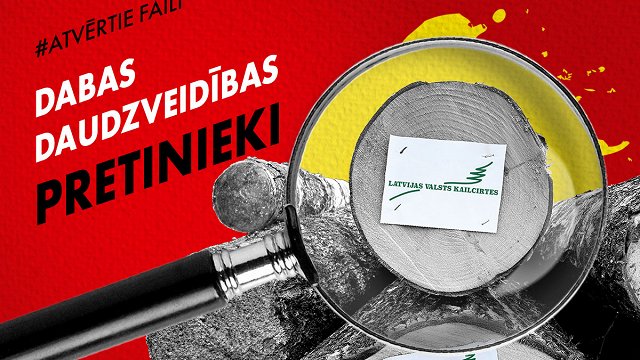The unofficial event is staged in remembrance of members of the Latvian Legion, units of the Waffen-SS in the World War Two who fought against Soviet forces. There was an enhanced presence of law enforcement as participants walked a few hundred meters through the center of the city then laid flowers at the Freedom Monument.
The LETA news agency reported that there were no significant incidents at the commemoration event and it ended peacefully. Among the participants of the march, as every year, were members of the National Alliance political party (one of the three parties in the ruling coalition) who took a break from their duties at Thursday's sitting of the Saeima to attend.
A less controversial commemoration of those who fought in the Latvian Legion also takes place on March 16 at the regimental cemetery in Lestene.
For those wishing to understand the various viewpoints concerning this annual happening, Latvian military and defense news portal sargs.lv has an article by Jānis Tomaševskis, head of the World War II History Department of the Latvian War Museum explaining some of the controversial aspects of the Latvian Legion's history.
The Latvian government's position on the March 16 events are available at the website of the Ministry of Foreign Affairs.
To learn more about the historical events that led to the formation of the Latvian Legion, LTV has a short documentary film available, which can be viewed below. The year is 1943 and the Nazi occupation of the country which followed hot on the heels of the Societ occupation of 1940. It led to the formation of the Latvian Legion as combat units of the Waffen-SS.
"Should we honor or condemn them, keep silent or search for excuses?" the documentary asks.
To learn what happened to the Legionnaires after the end of WWII, we offer this article from our archives.


























